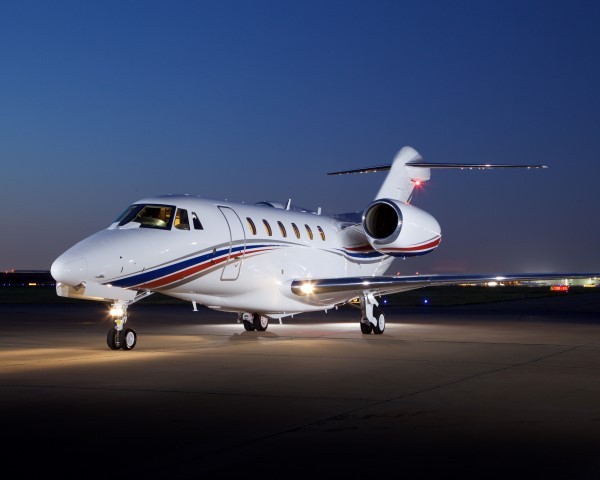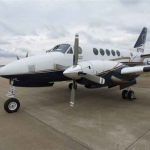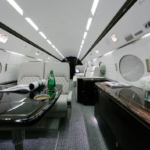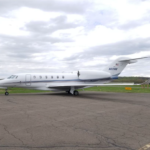Citation X Change History
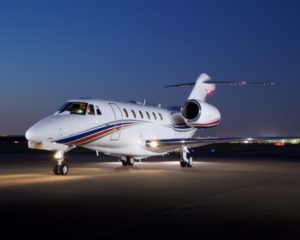
If you are in the market for a Citation X, keep in mind that there have been a number of modifications to the platform since its inception that may affect which serial number you pursue. A brief synopsis of these modifications follows:
750-0101 and on
Split-bus electrical system
o This change was undertaken to comply with European JAA requirements, which
mandated a split-bus architecture. The split-bus architecture provides for greater
isolation and independence between systems that are powered by the LH
generator and those that are powered by the RH generator. (A cross-tie relay
allows the RH generator to power the LH buses, and vice-versa, in the event of a
generator failure.)
750-0150 and on
Aileron re-gearing
o Prior to this change, the ailerons reached full travel at 68 degrees of control wheel
input. Subsequent to this change, the ailerons reach full travel at 34 degrees of
control wheel input. This allows for better aileron responsiveness in gusty or
crosswind landing operations. If one of the hydraulic systems is inoperative, the
system reverts to requiring 68 degrees of input for full aileron travel.
750-0173 and on (2002 Block Point Change)
5% increase in takeoff thrust per engine (designated as the 3007C1 engine)
New standby engine instrument to support higher ITT limits
Increased weights
o Increased maximum ramp weight from 36,000 to 36,400 lb
o Increased maximum takeoff weight from 35,700 to 36,100 lb
o Increased full fuel payload from 1,069 lb to 1,369 lb
Honeywell P2000 Phase 7 IAC software to support max weight and thrust increases
Inclusion of many former options into the standard airplane
o Examples: AFIS, FDR provisions, 2nd HF provisions, TCAS II, EGPWS, CD-820
CDUs, etc.
750-0225 (2004 Block Point Change)
Pin-in, pin-out cabinetry
o This enables cabinetry to be more easily removed and reinstalled in the cabin.
New crew seats
o The new crew seats from Goodrich provide more adjustability (lumbar, seat pan,
thigh support)
New passenger seats from Ipeco
These seats have a more robust design. They also feature fold-down armrests and
provide a seat cushion that is wider than that of the previous design.
Pylon work lights
LED tail nav light
LED indirect lighting in the cabin
Improved nose wheel steering tiller ergonomics
New engine and APU generators
o Eliminated TBO of 1200 hours in favor of an on-condition interval.
Better switch panels for cabin management (i.e. reading lamp control, window shade
control)
750-0256 and on
MSG-3 maintenance program
o This change reduces the number of individual inspection tasks in the inspection
program. It reduces the number of days of down time required per year to
complete inspection tasks.
750-0284 and on (750-0302 for airplanes registered in EASA countries)
Honeywell NZ6.0 FMS software
o This upgrade included many incremental improvements, including automatic
tuning of localizer frequencies, ability to preview a change to the active leg of a
flight plan, and elimination of the restriction on the use of VNAV (VGP) during
approaches.
Enabled AFIS weather graphics display on the CD-820
Other changes that have taken place at various serials
KHF-950 HF radio replaced by HF-1050
Replacement of standard Honeywell TCAS II with ACSS TCAS-2000 system
o The TCAS-2000 had a significantly better reliability track record.
LED wingtip nav lights
Included Enhanced Surveillance (EHS) transponders for operation in Europe
If you have questions concerning the information contained in this article or on any aircraft or specific aircraft market, please feel free to contact me.
Tim Palma
317-414-1044
tim@solutionsaircraft.com

